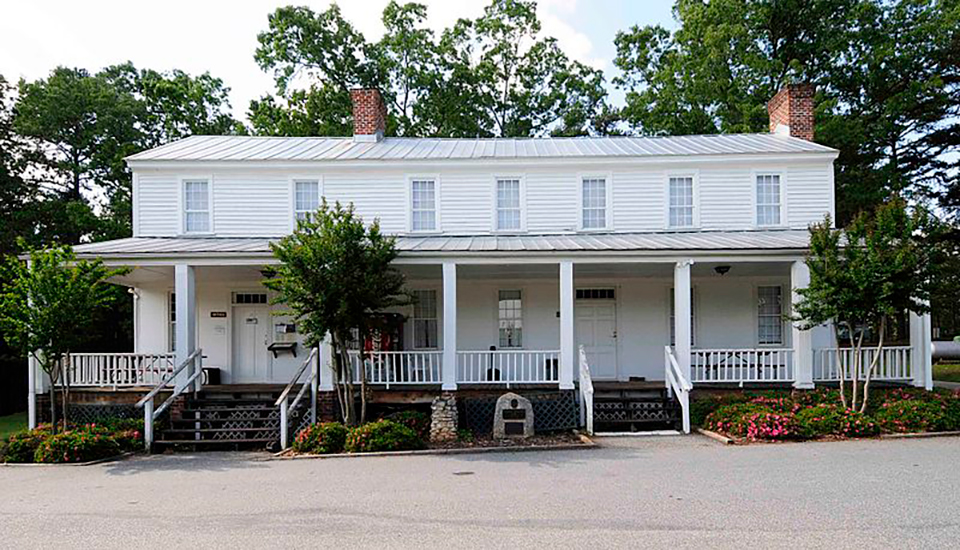
Seneca City Hall is located at 221 East North 1st Street, Seneca, SC 29678.
Phone: 864-885-2700.

Neighborhoods
Once a bustling railroad town, Seneca [† has grown into a city filled with boutique shops, delicious restaurants, and activities all year long.
According to early historians, the construction of the Atlanta and Richmond Air Line Railway was the first "boost" to what we know as Seneca, South Carolina. The land that was "bargained, sold, and conveyed to" the Atlanta and Richmond Air Line Railway Company and its successors lay 100 feet in width on each side of the track of railroad, measuring from the center of any portion of the lot of land. The property would allow an intersection of the Blue Ridge Railroad and the Atlanta and Richmond Air Line Railway at the point where the city of Seneca now stands. It is believed that the first passenger train ran through Seneca on or within a few days of September 28, 1873.
The city was chartered in 1873 and incorporated on March 14, 1874, as Seneca City, a name derived from the 1700's village, Esseneca, inhabited by the indigenous Cherokee people and located on the banks of the nearby Seneca River. Then in 1906 or 1908 under a new charter granted by the Secretary of State, the "City" was dropped from the name, and it became the present-day Seneca, South Carolina.
From the inception of the city, Seneca was established as a diverse community atypical of rural life in the Deep South. On August 14, 1873, at the first land auction, the first lot was sold to a "by-bidder" and the second lot was sold to John M. Dumas who had moved to the area from Rome, Georgia. Of the sixteen lots sold on that day, two were purchased by African Americans. Land purchasers included M.W. Coleman, Elisa and Willis Jenkins, Ben Lowery, J.W. Livingston, David Singleton, Alf W. Thompson, and others.
Seneca is located in the state's most northwestern county of Oconee in South Carolina. It is the largest city in the county and lies on the edge of the Blue Ridge Mountain segment of the Appalachian Mountains. At its highest peak, the city's elevation is 967 feet above sea level.
Seneca became a lake resort area because of the construction of three major dam projects on the Keowee, Tugaloo, and other local rivers. Three lakes (Lake Hartwell, 1963, Lake Keowee, 1971, and Lake Jocassee, 1974) now support public utilities, lake recreation, lakefront residency, and water supply (Lake Keowee) to the city.
$dagger; About Seneca, www.seneca.sc.us, accessed July, 2023.